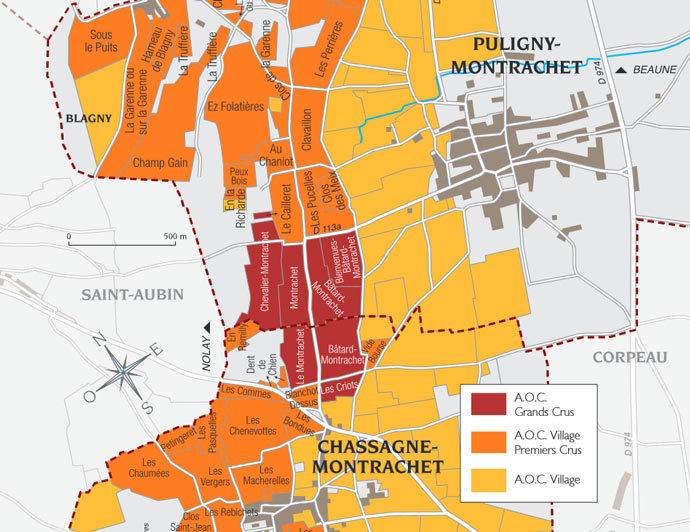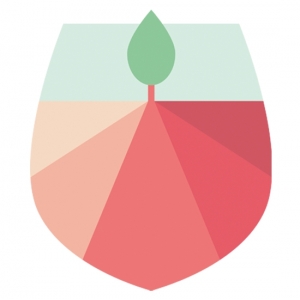Welcome-Bâtard Montrachet 2006
- White
- 75 cl
Welcome Bâtard Montrachet Grand Cru 2006, from the famous Leflaive estate. Kept in the cellar, the bottle is in remarkable condition. rare!
Welcome Bâtard Montrachet Grand Cru 2006, from the famous Leflaive estate. Kept in the cellar, the bottle is in remarkable condition. rare!
Welcome-Bâtard Montrachet 2006
Complex
Powerful
Mineral
Fruity
Woody
The Welcome Bastard Montrachet is one of the 7 Grands Crus Blancs de Bourgogne and is one of the 5 great vintages of the Montrachet family.
Located south of the Beaune coast in Puligny-Montrachet, the appellation represents only 3.57 hectares, the smallest of the family after the Criots-Batard Montrachet.
This famous appellation of white Burgundy wine is from the famous Leflaive estate, one of burgundy's most famous.
A very great wine for special occasions, which can be kept for many years to come... and which will provide an intense emotion when it opens: gold dress with emerald highlights, this wine will offer an extremely complex bouquet that will go from notes of hot pastries, dried fruit, to spices and honey.
Very harmonious wine with perfect balance, which will offer a structure worthy of the best white wines in the world.
Powerful wine and very long in the mouth.
Special transport conditions and precautions for purchases of Grands Crus on Le Bourguignon.fr. Burgundy grand cru wine on sale on a unit sale.
Map of the name Welcome Batard Montrachet:

Appellation
Grand CruType of Wine
StillWine Making
Oak casksGrape Variety
ChardonnayHarvest
ManualBurgundy Region
Côte de BeauneVintage
2006Service
12 to 14 degrees
White: subtle differences in the wines signal variations in Climat but they also share many common traits. Their colour is gold flecked with emerald, darkening towards yellow with age. Their bouquet evokes butter and warm croissants, bracken, dried fruit, spices and honey. Body and bouquet are not separately distinguishable, so closely blended are structure and harmony into a single perfect whole. Unctuous and firm, dry and caressing, enveloped and profound, these wines combine every virtue in a firmly-established personality.
The power and aromatic persistence of these lofty wines demands aristocratic and sophisticated dishes with complex textures: foie gras, of course, and caviar. Lobster, crawfish, and large wild prawns, with their powerful flavours and firm textures, pay well-deserved homage to the wine and match its opulence. Firm-fleshed white fish such as monkfish would be equally at home in their company. And let us not forget well-bred and well-fattened free-range poultry whose delicate flesh, with the addition of a cream-and-mushroom sauce, will be lapped up in the unctuous and noble texture of this wine. Even a simple piece of veal, fried or in sauce, would be raised to heavenly heights by the Montrachet’s long and subtle acidity.
Serving temperature: 12 to 14°C.
The Montrachet family consists of five Grands Crus grown in the two villages of Puligny-Montrachet and Chassagne-Montrachet. These two share the Montrachet and Bâtard-Montrachet appellations. Chevalier-Montrachet and Bienvenues-Bâtard-Montrachet belong to Puligny-Montrachet, Criots-Bâtard-Montrachet belongs to Chassagne-Montrachet. These Grands Crus are the most southerly of the Côte de Beaune, and lie between Meursault in the North and Santenay in the South.
Their origins go back to the Middle Ages - the work of the Cistercian abbey of Maizières and the Lords of Chagny. The wines of Montrachet (pronounced Mon-rachay) came fully into their own in the 17th century.
There is no argument: this is the finest expression of the Chardonnay grape anywhere on earth ! The appellations Grands Crus date from 31 July, 1937.
The underlying rocks date from the Jurassic, 175 million years BC. Exposures lie to the East and the South. Altitudes: 265-290 metres (Chevalier) ; 250-270 metres (Montrachet) ; 240-250 metres (Bâtard, Bienvenues, Criots). In the
Climat of Montrachet, the soils are thinnish and lie on hard limestone traversed by a band of reddish marl. In Chevalier, the soils are thin and stony rendzinas derived from marls and marly-limestones. In the Bâtard Climat soils are brown limestone which are deeper and, at the foot of the slope, more clayey.
Source : https://www.bourgogne-wines.com
Buy great Burgundy wines online : Le Bourguignon offers a unique selection of Burgundy wines from harvesting producers on the online store.
Le Bourguignon selects only wines from harvesting producers respecting the traditional methods of Burgundy.
Before being offered for sale, the wines are selected by a jury of experts composed of an Oenologist, a sommelier and a taster specializing in Burgundy Wines.
